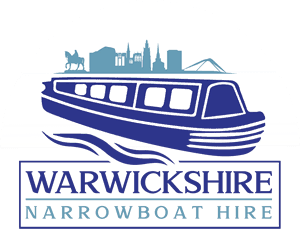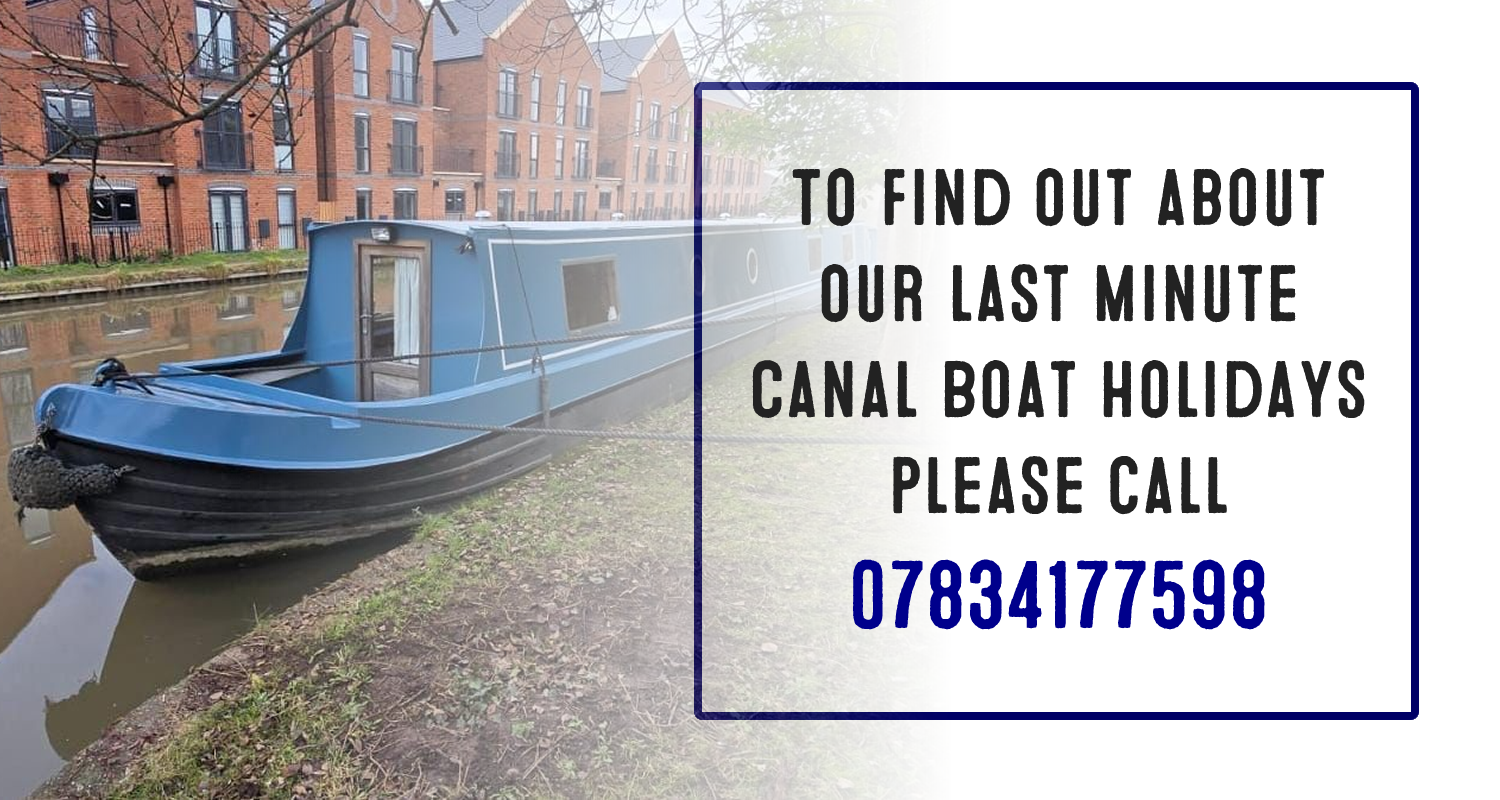Preserving Britain’s Distinct Canalside Heritage
Get Informed with Answers to Frequently Asked Questions
Britain’s canal network is a unique heritage from the Industrial Revolution, when they were vital arteries transporting raw materials and products in and out of our towns and cities. The heyday of the Canal Age was between 1760 and 1840, when commercial vessels navigated the canals day and night.
The north and midlands of England in particular had extensive canal systems to connect them to the rest of the country and keep the supply chain going to factories, mills, wholesalers and consumers. Canal companies became wealthy as demand surged and peaked by the early 19th century.
From this point, the railway network began to take over, although canals remained in use to transport bulkier goods. However, as the railways advanced and became established into a national network, the canal companies had to reduce their tolls and many fell into decline.
Today, our canal network is still well used, although almost entirely for leisure purposes rather than trade and industry. However, the legacy of the ‘golden age’ remains in the architecture and engineering structures of the inland waterways. These include canal bridges, locks, tunnels, mileposts, cottages, boat lifts, and even pubs!
Until the mid 20th century, not much care and attention was given to the historical heritage of the canals. A turning point came when Lock Cottage at the Hurleston Junction of Shropshire Union Canal was destroyed, provoking outrage among Britain’s industrial historians. In response, the Landmark Trust was established by Sir John Smith in the 1960s.
The charity worked to restore and conserve historically significant canal infrastructure in Britain. Today, there are over 2,700 listed structures, 50 scheduled ancient monuments and four UNESCO world heritage sites along some 2,000 miles of historic waterways. These are maintained in England and Wales by the Canal & River Trust.
Many of these sites are free for everyone to access and enjoy, and much of the infrastructure is not just a historical relic, but still in use by the many narrowboats that travel the canals for leisure and recreational purposes. These range from awe inspiring aqueducts to simple mileposts, which were used to help calculate toll charges.
One of the most impressive feats of engineering from this era is the Pontcysyllte Aqueduct in the Vale of Llangollen, North Wales. These so-called ‘canals in the sky’ were once thought to be unfeasible by builders and engineers because of the extra strength needed to support the weight of the water.
This problem was overcome to a certain extent at the Pontcysyllte Aqueduct with the use of cast iron troughs, which were lighter than masonry and also strong and watertight.
In other areas, the problem of navigating changes of level in the land was overcome by the use of boat lifts. These structures literally lift up the boat, eliminating the need to negotiate a series of locks and also making the journey time much quicker and saving water.
An early prototype was installed at Oakengates in Shropshire in 1794, but unfortunately it failed to work properly. The first working boat lift in the UK was the Anderton Boat Lift, which opened in 1875 and connects the 50ft height difference between the River Weaver and the Trent and Mersey Canal.
If you are looking for narrowboat hire, please get in touch with us today.

